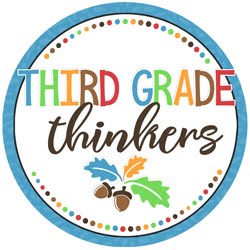The English language is hard, tricky, complicated.
Letters can make multiple sounds and there are always exceptions to the rules.
No wonder why spelling is such a struggle for our little learners.
No wonder why teachers have often felt at a loss as to how to teach spelling effectively.

I have tried it all.
I have used whole class spelling lists during the days of the old reading basals.
I've tried all different configurations of Words Their Way.
Lists and lists of words.
Whole group, small group, individual.

I still have not figured it out.
Currently, my students have word study journals and work with words that follow grade level spelling patterns.

Is this the best method?
I can't say with confidence that it is.
That's why I was so thrilled when Scholastic informed me that Jan Richardson had just published a new book focused on the teaching of word study and phonics and that they were sending me two copies...one to use and one to gift to a lucky blog reader.
I am a huge fan of Jan and her work in the area of literacy and in particular guided reading.
I have read and reread her book The Next Step Forward in Guided Reading.

I channel my inner Jan each day as I meet with my small groups.
I've seen the impact it has made in my reading instruction.

So I'm super excited and ready to dig into the companion to this resource:
The Next Step Forward in Word Study and Phonics
by Jan Richardson and Michele Dufresne!
by Jan Richardson and Michele Dufresne!

Are you a Jan fan?
I'd love to send you a free copy of this brand new teacher resource book.
Just enter the giveaway by commenting on this blog or visit me on Instagram.
Then enter the contest using the Rafflecopter below.
I will send the lucky winner the book next week!
Then come back and visit my blog.
I will be trying out the ideas and strategies outlined in this book and
will be posting about it along the way!
Just enter the giveaway by commenting on this blog or visit me on Instagram.
Then enter the contest using the Rafflecopter below.
I will send the lucky winner the book next week!
Then come back and visit my blog.
I will be trying out the ideas and strategies outlined in this book and
will be posting about it along the way!







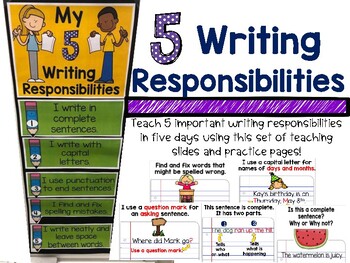







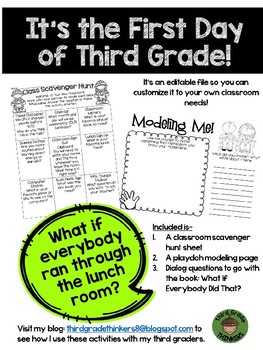









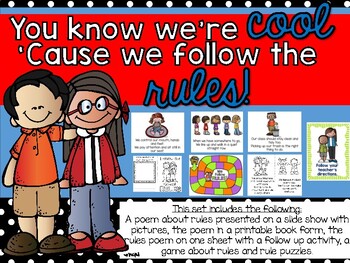






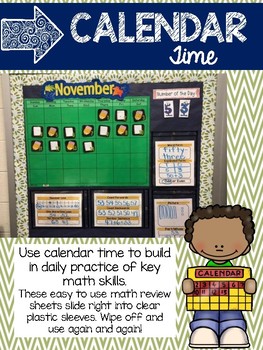

















 youngdor8@gmail.com
youngdor8@gmail.com
